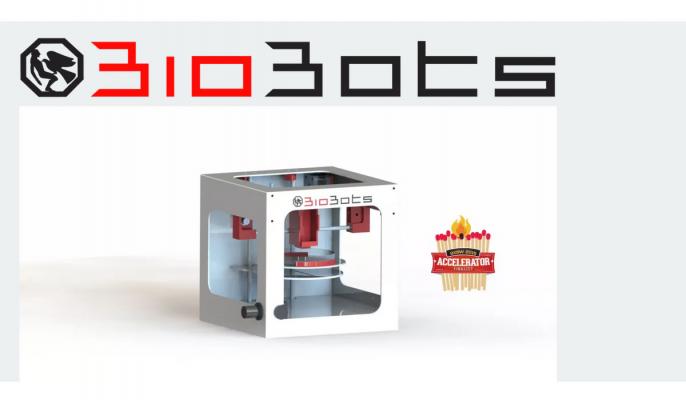
BioBots, the 3d printer that prints living organs!
Adam Milton-Barker | May 7, 2015 | MedTech | 4403It should be no secret by now that 3D printing is revolutionizing and disrupting the medical industry, and many others. The technology over the last few years has led to durable prosthetic limbs and 3D printed spinal vertebrae that have literally changed peoples lives. It doesn't seem to be slowing down, and companies throughout the globe are finding more and more amazing ways that 3D printing can enhance the quality of life for everyone. BioBots is another great example of technology that is currently being pioneered, combining biology with 3D printers. As it says on their website: "Biobots is the future of regenerative medicine" and it most definitely is. This unit is "a high resolution desktop 3D bioprinter that builds functional three dimensional living tissue". The bioprinter can 3D print miniature human organs, bone and cartilage without destroying the cells. It does this by using a custom ink combined with living cells. Although the technology is not at the point where it would be able to produce replacement organs for people, it is definitely the first steps towards that. For now the aim of the technology is to enhance research and drug testing, ultimately eliminating the need for animal testing. BioBots initially won a university competition when they developed their prototype and won $5000, they were then selected for the Dreamit Health accelerator which helps startups to accelerate their health related tech projects. They received a total of $50000 through the accelerator and have been selling their bioprinter over the last few months for $5000 to companies that help with the development of the unit. This type of technology is yet another 3D printed technology that is helping to concrete 3D printing in the medical industry and promises to solve more advanced problems in the future. Imagine being able to replace organs with 3D printed organs that were made with your own cells, no more waiting lists for matching donors. You can view a video below from TechCrunch that goes more into detail on how the tech works and how it will change the lives of many people around the world. I look forward to hearing more from the team and where they take this technology next.
